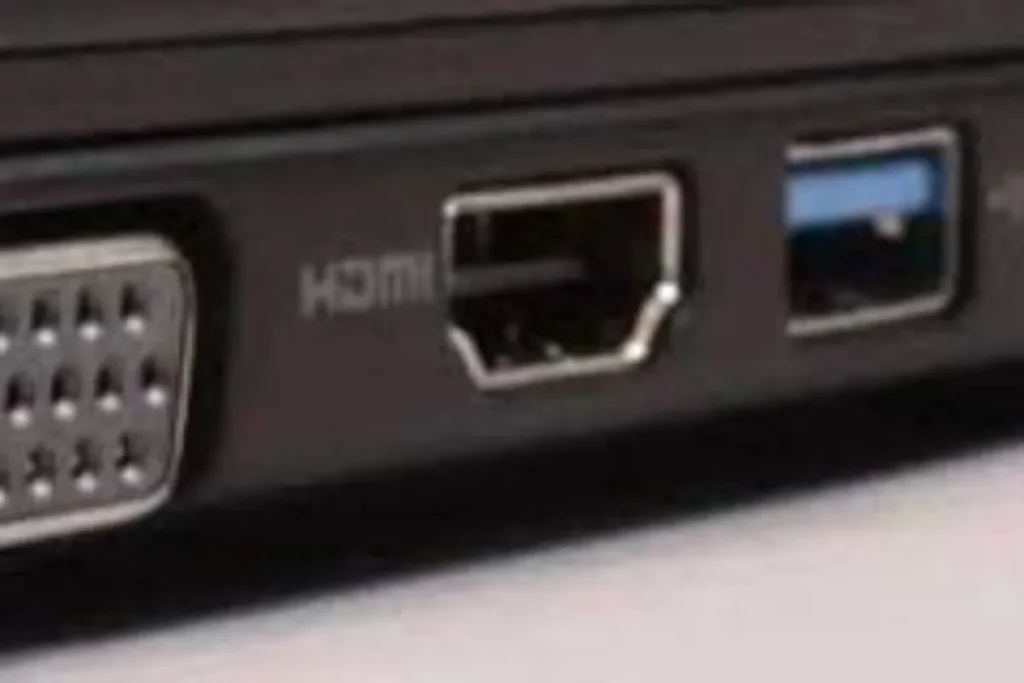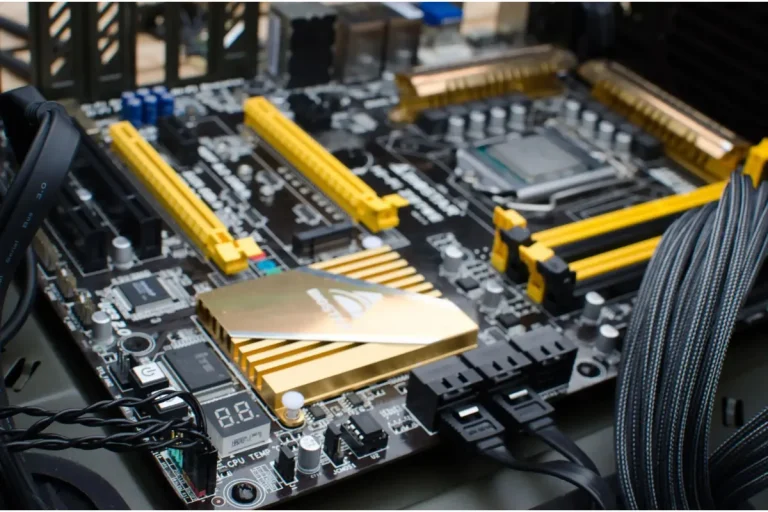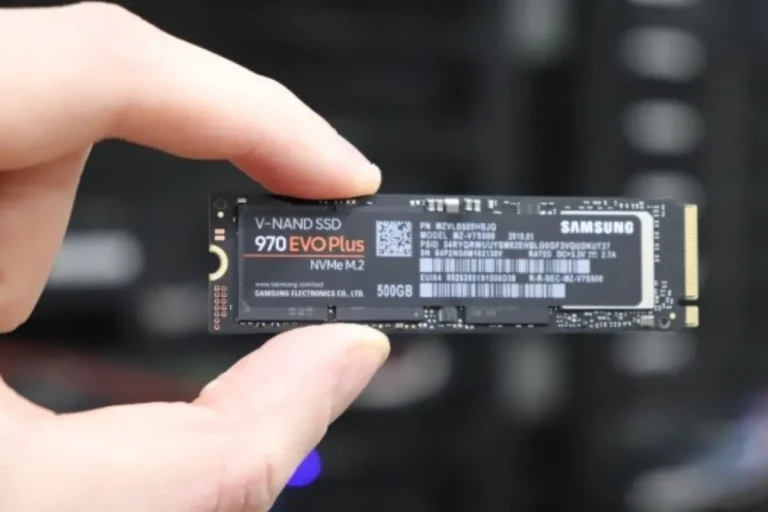Is DisplayPort better than VGA?
Is DisplayPort better than VGA? If you’re in the market for a new video connectivity option, you’ve come to the right place! In this article, we’ll delve into the world of DisplayPort and VGA, comparing their features and benefits.
Resolution and Image Quality
In the world of video connectivity, resolution, and image quality play a crucial role in delivering a visually captivating experience. When comparing DisplayPort and VGA, it’s essential to understand the maximum resolutions supported by each technology and how they impact image quality.
Maximum Resolutions Supported
DisplayPort, with its advanced technology, supports higher resolutions compared to VGA. It can handle resolutions up to 8K, providing incredibly sharp and detailed visuals. On the other hand, VGA is limited to lower resolutions, typically maxing out at 1080p or Full HD.
Image Quality, Color Depth, and Refresh Rates Comparison
DisplayPort outshines VGA when it comes to image quality. With its digital signal transmission, DisplayPort maintains the integrity of the image, resulting in sharper details, vibrant colors, and better overall visual clarity.
VGA, being an analog technology, is more susceptible to signal degradation, leading to potential image quality issues such as blurriness or color distortion. Moreover, DisplayPort supports higher color depths, enabling a broader range of colors to be displayed accurately.
This brings more depth and realism to images and videos. Additionally, DisplayPort allows for higher refresh rates, ensuring smoother motion and reducing motion blur in fast-paced content like games or action movies.
Cable Length and Bandwidth
When it comes to video connectivity, cable length and bandwidth are crucial factors to consider. In this section, we’ll explore the cable length limitations for DisplayPort and VGA, as well as compare their bandwidth capabilities and limitations. Let’s dive in!
Cable Length Limitations
DisplayPort offers significant advantages over VGA in terms of cable length. With DisplayPort, you can achieve longer cable runs without experiencing signal degradation. In most cases, DisplayPort cables can reach up to 15 meters (50 feet) in length while maintaining excellent signal quality.
On the other hand, VGA cables are more susceptible to signal degradation, especially over longer distances. VGA typically has a maximum recommended cable length of 5 to 10 meters (16 to 33 feet) to ensure optimal performance.
Bandwidth Capabilities and Limitations Comparison
DisplayPort boasts impressive bandwidth capabilities, allowing for the transmission of high-resolution content and audio simultaneously. It supports higher data transfer rates, enabling smooth playback of 4K and even 8K content.
VGA, on the other hand, has lower bandwidth capabilities, making it less suitable for high-resolution displays or demanding multimedia applications. VGA is generally better suited for lower-resolution displays or legacy devices that lack DisplayPort compatibility.
Compatibility and Adaptability
When it comes to compatibility, DisplayPort has gained wider acceptance and is commonly found on modern devices such as computers, laptops, and monitors. VGA, on the other hand, is considered more of a legacy technology.
However, if you have an older device or display that only supports VGA, you can still use adapters to connect it to a device with a DisplayPort output. It’s worth noting that adapters may have limitations in terms of maximum resolution support or other features, so it’s essential to check their specifications before making a purchase.
Advantages and Disadvantages

When comparing DisplayPort and VGA technologies, it’s crucial to consider their respective advantages and disadvantages. In this section, we’ll explore the strengths and limitations of both DisplayPort and VGA to help you make an informed decision.
Advantages of DisplayPort Technology
DisplayPort offers several advantages that make it a popular choice for modern video connectivity. One major advantage is its ability to support higher resolutions, allowing for stunningly sharp and detailed visuals. DisplayPort also supports higher color depths and refresh rates, resulting in more vibrant colors and smoother motion.
Another advantage is the versatility of DisplayPort. It supports not only video transmission but also audio, eliminating the need for separate cables. With DisplayPort, you can enjoy both high-quality visuals and audio through a single connection.
Furthermore, DisplayPort cables are designed to be backward compatible with older versions, ensuring compatibility with a wide range of devices. The locking mechanism of DisplayPort connectors provides a secure connection, preventing accidental disconnections.
Limitations and Drawbacks of DisplayPort
While DisplayPort offers numerous advantages, it also has some limitations. One limitation is the availability of DisplayPort ports on devices. While newer devices often come equipped with DisplayPort, older devices or certain budget-friendly options may lack this port, requiring the use of adapters.
Additionally, DisplayPort cables can be more expensive compared to VGA cables. This cost factor may be a consideration for those on a tight budget.
Advantages of VGA Technology
VGA, despite being an older technology, still has its advantages. One significant advantage is its widespread compatibility. VGA ports are commonly found on various devices, including older monitors, projectors, and some laptops. This compatibility makes VGA a reliable option for connecting to legacy devices.
Furthermore, VGA cables are widely available and relatively inexpensive, making them a cost-effective choice for basic video connectivity needs.
Limitations and Drawbacks of VGA
VGA technology does have its limitations. One major limitation is its lower-resolution support. VGA is generally limited to lower resolutions, which may not be suitable for high-definition displays or demanding multimedia applications.
Another drawback of VGA is its susceptibility to signal degradation over longer cable runs. As the cable length increases, the quality of the signal may deteriorate, leading to potential image quality issues.
Frequently asked questions
1. What is the cost of DisplayPort and VGA cables and devices?
The cost of DisplayPort and VGA cables can vary depending on the brand, length, and quality. Generally, DisplayPort cables tend to be slightly more expensive than VGA cables due to their advanced capabilities.
2. Are DisplayPort and VGA cables readily available?
Yes, both DisplayPort and VGA cables are widely available. They can be found in most electronics stores, online marketplaces, and even computer hardware shops.
3. Can I use a DisplayPort cable with a VGA device?
No, DisplayPort and VGA are not directly compatible with each other. They use different connectors and signal formats. However, you can use adapters to connect a device with a DisplayPort output to a VGA display.
4. Do all modern devices come with DisplayPort or VGA ports?
Not all modern devices come with DisplayPort or VGA ports. DisplayPort is more commonly found on newer devices such as computers, laptops, and monitors, especially those designed for multimedia or gaming purposes.
5. Can I convert a VGA port to a DisplayPort port?
No, it is not possible to convert a VGA port to a DisplayPort port. These ports have different physical designs and transmit signals in different formats.
Conclusion
In conclusion, when comparing DisplayPort and VGA, DisplayPort takes the lead in terms of superior image quality, higher resolutions, and advanced features like audio transmission. However, VGA still holds value due to its widespread compatibility and cost-effectiveness. Ultimately, the choice depends on your specific needs and device compatibility.



